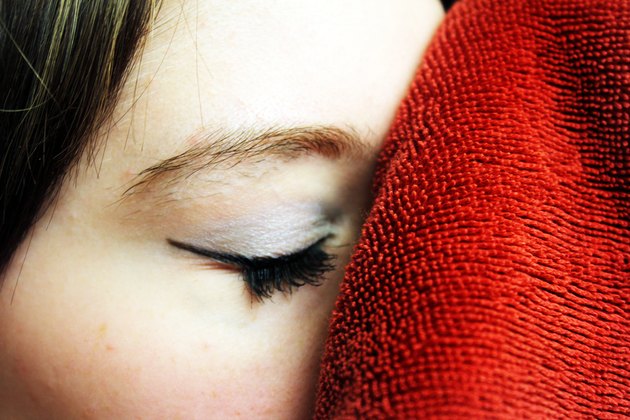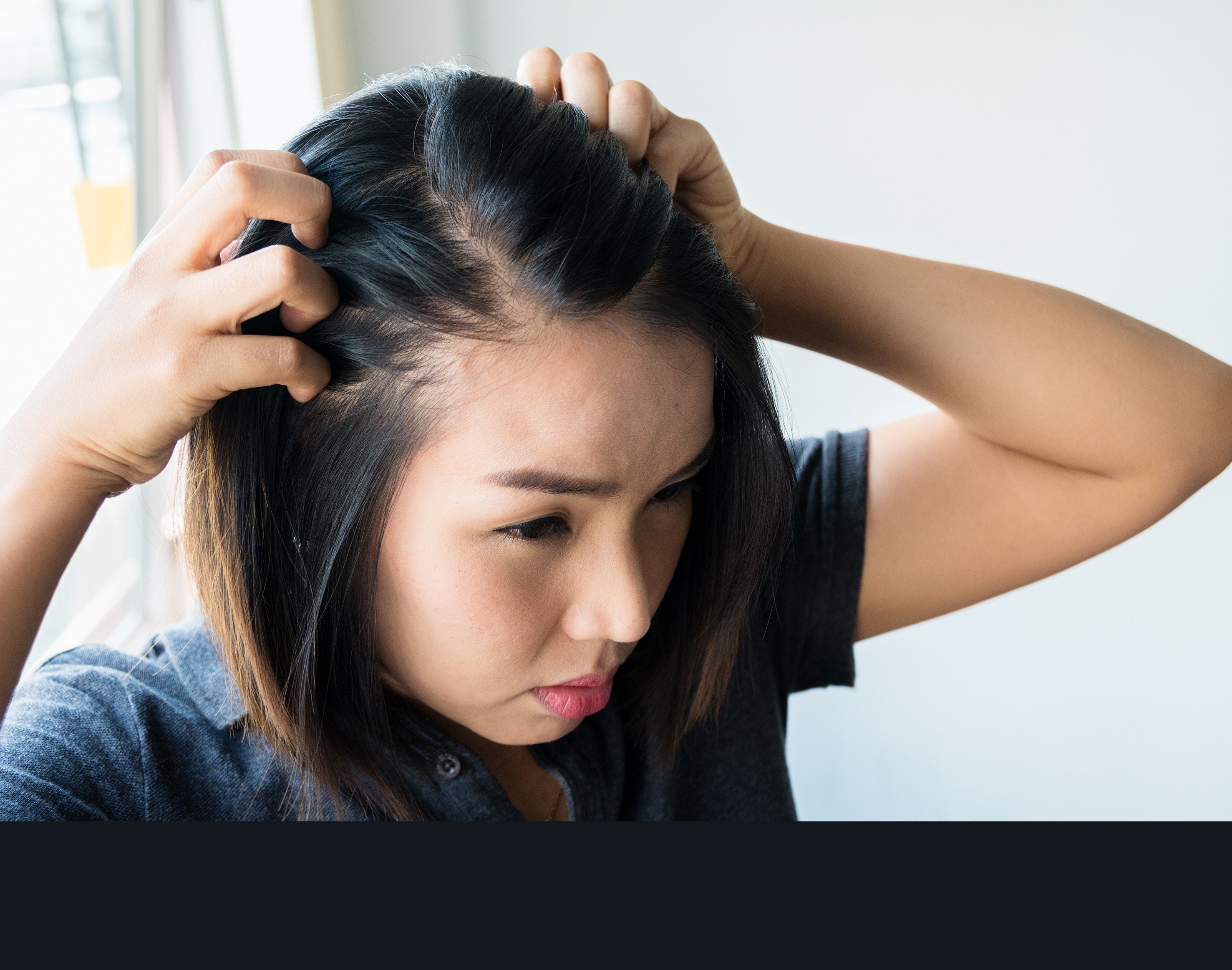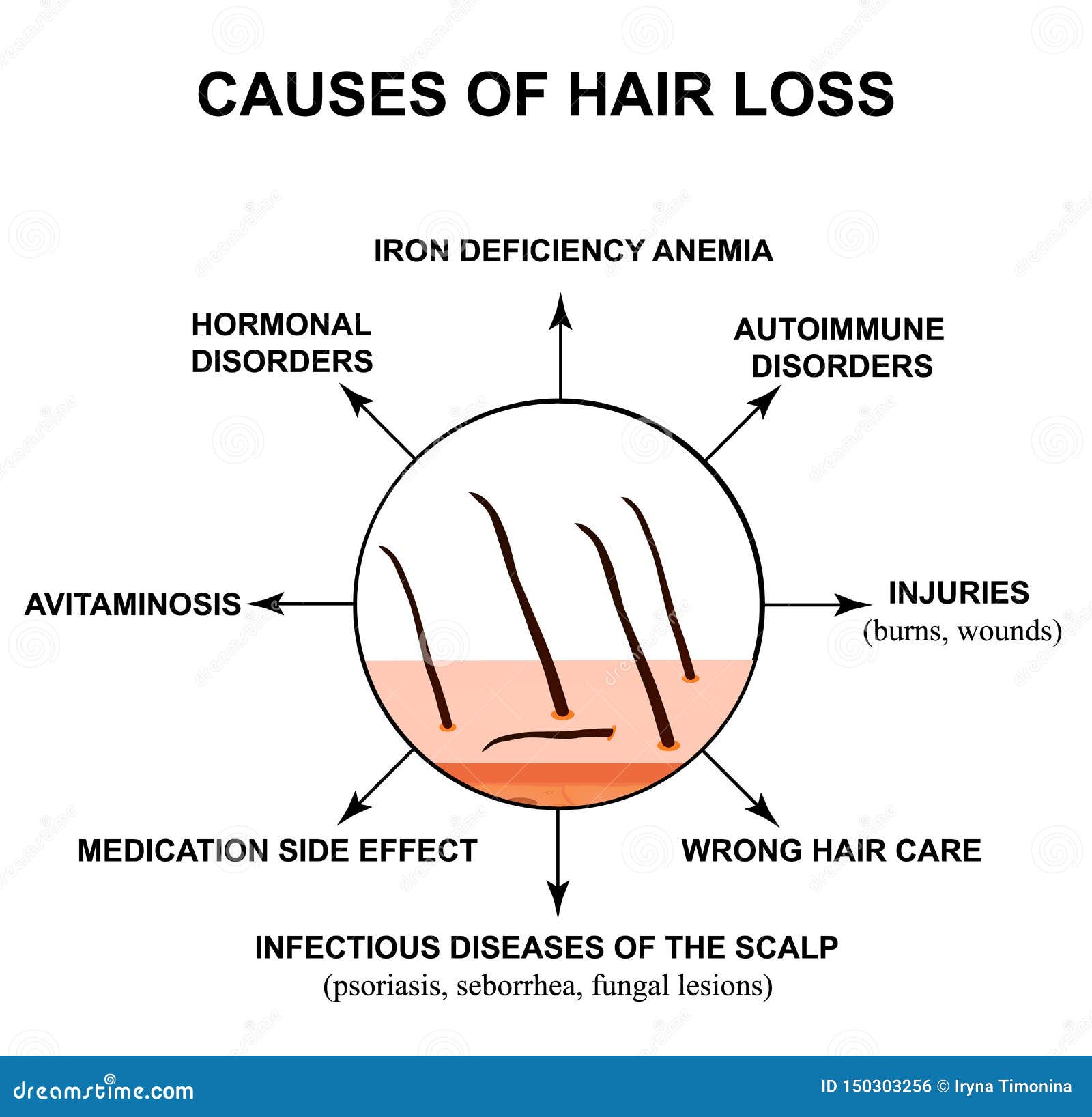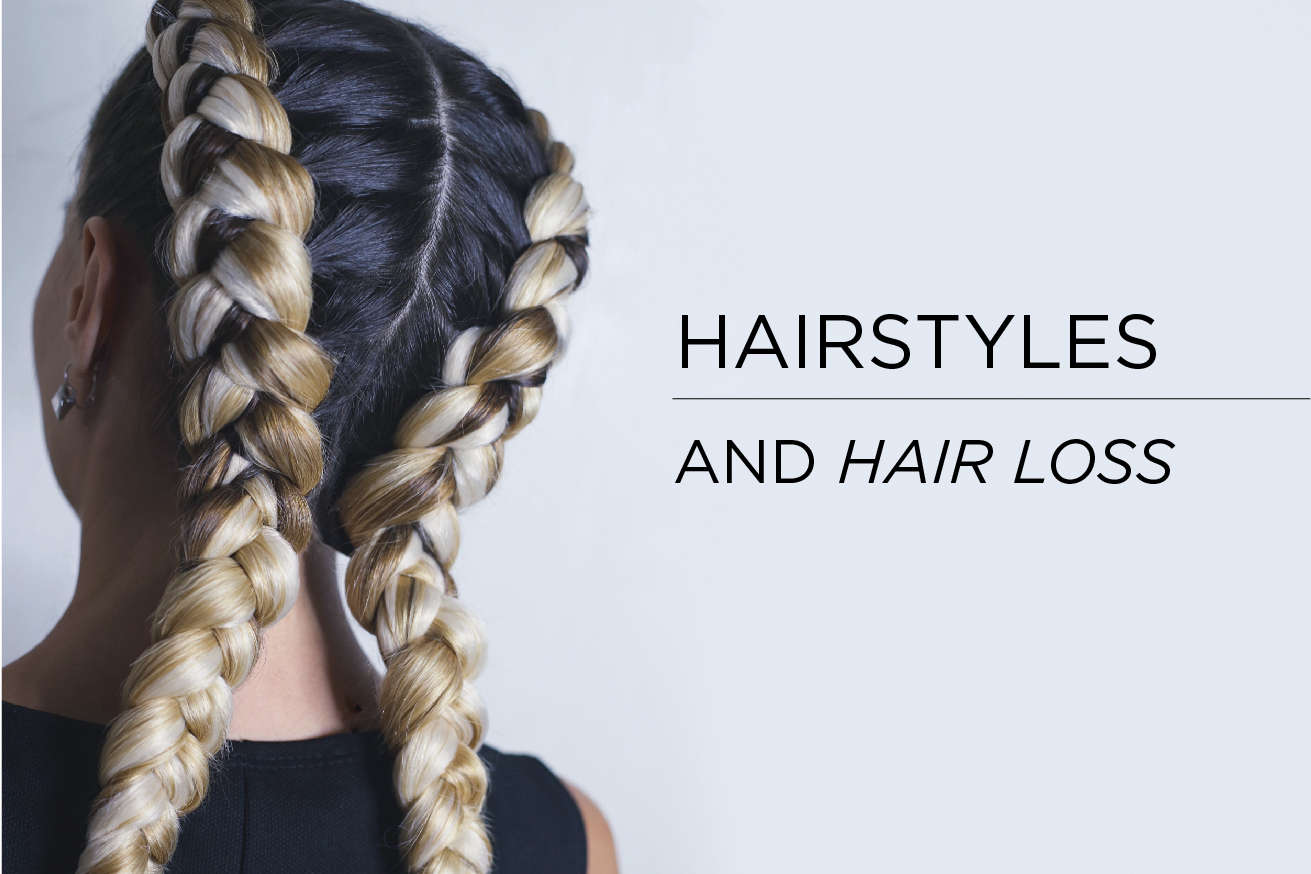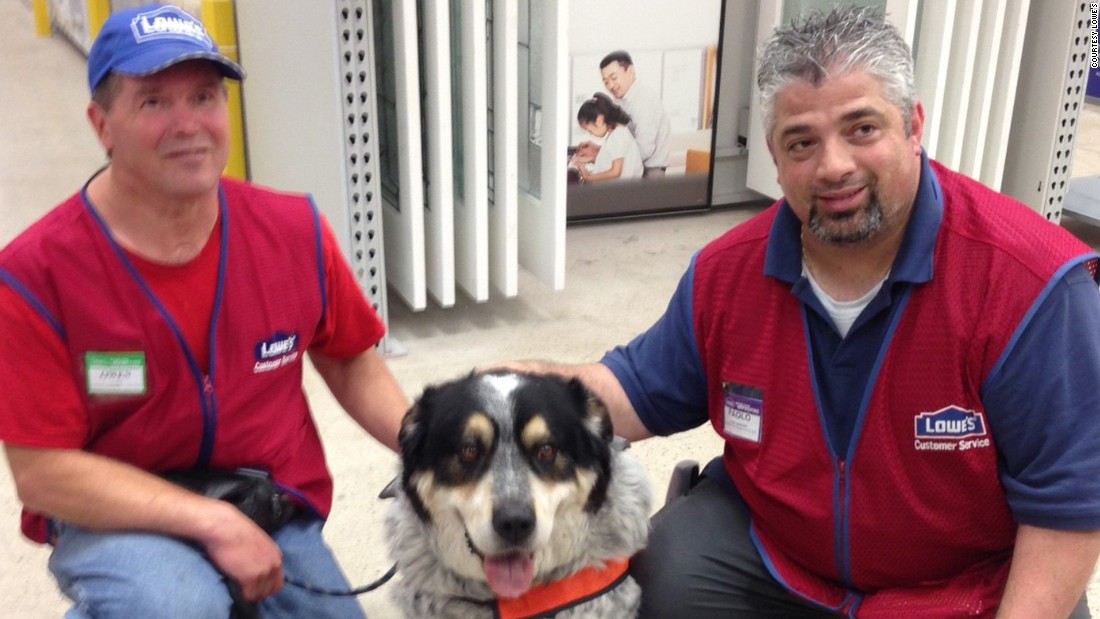Table Of Content
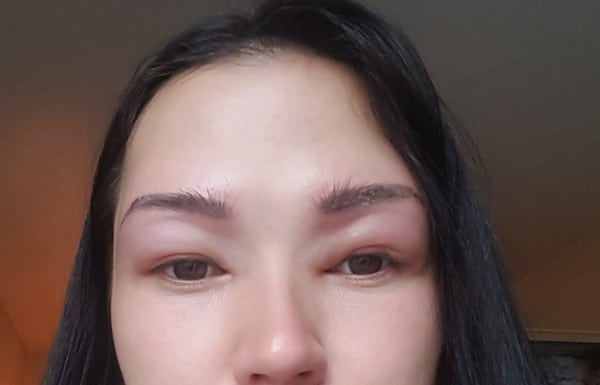
If you want to shave, or remove hair in another way, there are things you can do to prevent ingrown hairs and help them get better quicker. The best way to reduce the incidence of ingrown hairs is to stop tweezing, plucking, and waxing your hair until it has made its way out by itself or with the help of a professional. The only way you can prevent ingrown hairs from occurring at all is to refrain from hair removal altogether. Keep reading to learn about the types of ingrown hair cysts, and how to treat and prevent them.
Ingrown Hair Removal: How to Get Rid of an Ingrown Hair SELF - Self
Ingrown Hair Removal: How to Get Rid of an Ingrown Hair SELF.
Posted: Fri, 19 Aug 2022 07:00:00 GMT [source]
How We Selected the Best Ingrown Hair Treatments
It's the perfect shape to create defined yet natural-looking brows, and features a smudge-proof formula that can stand against any weather condition. Orlowska notes that to be a candidate for this treatment, you'll need to have some eyebrow hair already in place so that the technician can attach the extensions. Just apply a warm, clean washcloth as a compress to soften your skin, which can help move the hair to the surface of the cyst.
Best for Sensitive Skin
Infected ingrown hairs can be uncomfortable, but most clear up on their own in 7–10 days with good hygiene. If shaving worsens your condition, you might want to try a chemical hair removal product (depilatory), such as Nair, Magic, others. If your symptoms don’t improve, your healthcare provider may need to prescribe medications that decrease inflammation and improve infections.
What are the symptoms of ingrown hair?
For example, prescription steroid creams can reduce inflammation, and prescription-strength antibiotic creams can treat the infection. If you can't go that long without removing your hair and other self-care techniques aren't helping, your health care provider might recommend medications, laser-assisted hair removal or both. "Scarring is possible any time we damage the skin," Healy notes. When done correctly by a trained professional, microblading should last up to a year, says Diana Menendez, the owner of threading and microblading studio Accentuated in Scottsdale. After a year you will most likely need a regular annual touch-up appointment to maintain original results.

Essentially, the wisps of hair can become trapped underneath the skin as it grows, which can result in a tiny, pimple-like mound. Ingrowns may happen more if you have coarse or curly brow hairs, says brow expert Joey Healy, but they're super common, especially if you're partial to a regular eyebrow wax or threading session. Ingrown hair cysts happen when a hair follicle gets blocked, and the hair grows into your skin instead of out.
How long do ingrown hairs last?
Trying to remove them can sometimes interfere with the healing process and cause them to last longer. Retinoid creams are effective in removing dead skin cells that may contribute to ingrown hairs. In some cases, you may be able to see the hair at the surface of the bump. Ingrown hair cysts commonly form on the parts of the body that people shave, such as the armpits.
The form of treatment will likely rely on your personal preference. Do you prefer a cream that you can rub in or a more liquid option that you can quickly apply with a cotton swab? There are several different treatment forms on this list to help you choose the one that fits best for your needs. You apply this product after being in your shower for a few minutes, but before shaving.
How truck driving can impact your kidney health
How To Grow Out Your Eyebrows– According To The Pros - Essence
How To Grow Out Your Eyebrows– According To The Pros.
Posted: Wed, 06 Mar 2024 08:00:00 GMT [source]
They’ll likely forward you to a dermatologist to safely remove the hair and determine the type of infection you’re dealing with. Popping an ingrown hair can increase you chance of it becoming infected. You can’t always prevent ingrown hairs, but you can take steps to lower the chances of them developing. Exfoliation should be approached carefully, as it causes inflammation, which leads to hyperpigmentation and may not be very helpful in resolving ingrown hairs. If the hair is near the skin’s surface, however, you may be able to remove it by gently grasping it with sterilized tweezers.
Is ingrown hair contagious?

The liver is the second largest organ, weighing in at around 3 pounds. The authors of one 2015 observational study involving 374 adult women with acne found that 89.8% had breakouts on multiple areas of the face, including the forehead, cheeks, and chin. However, some parts of the skin, including the forehead, nose, and chin, produce more sebum than others. We independently evaluate all recommended products and services. If you click on links we provide, we may receive compensation. Any of these methods may irritate the skin and should be and discussed with a dermatologist before use.
People can treat pimples on the eyebrows and other blemishes quickly with medication and home remedies. Every pore in the skin contains a hair follicle and an oil-producing sebaceous gland. Pimples occur when pores in the skin become clogged with oil, dirt, or bacteria.
At this point, your hair is embedded far too deep underneath the bump or cyst for you to pull it out. So it’s important to follow a doctor or healthcare professional’s directions. When this happens, the hair in the follicle can become stuck or grow sideways into the skin, causing an ingrown hair. In some cases, the hair can be seen growing under the surface of the skin.
If you notice one or more of these symptoms, see a physician or health professional for help as soon as possible. If the hair is already visible and sticking out of your skin, you can attempt to tweeze the hair out. Don’t dig for the hair, as this increases the risk of causing or spreading an infection.
Although quite not permanent, depilatory methods, which include liquid or cream treatments like Nair, can produce long-lasting results as well. Treatment for ingrown hair cysts varies depending on the type of cyst involved. Some cysts may need to be treated with antibiotic ointment or surgery, while others may not need any treatment at all. A person may develop an ingrown hair if they regularly shave, pluck, tweeze, or wax their eyebrows. If they’re not infected, some ingrown hair cysts can go away on their own. In some cases, there’s another underlying cause, such as a genetic mutation, which means they can develop again.
